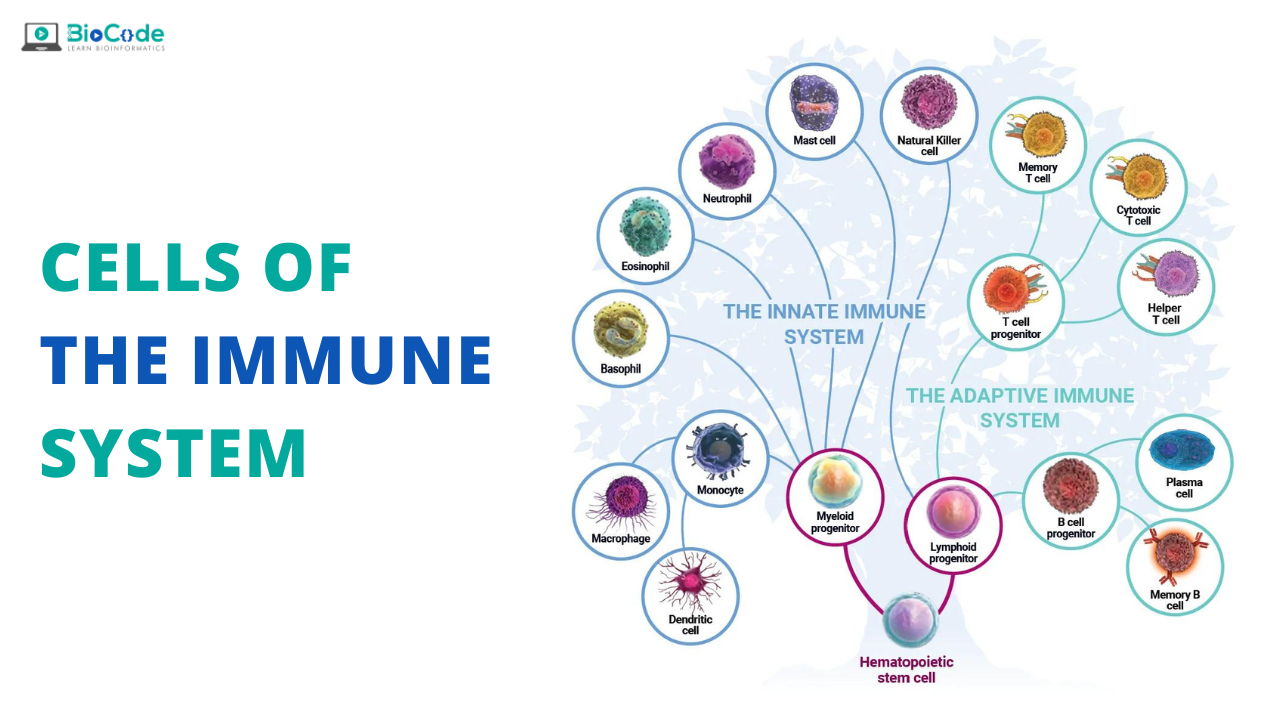Cells of the Immune System: The cells of the immune system are located at different tissues and serve different roles
Cells of the Immune System


Cells of the Immune System: The cells of the immune system are located at different tissues and serve different roles